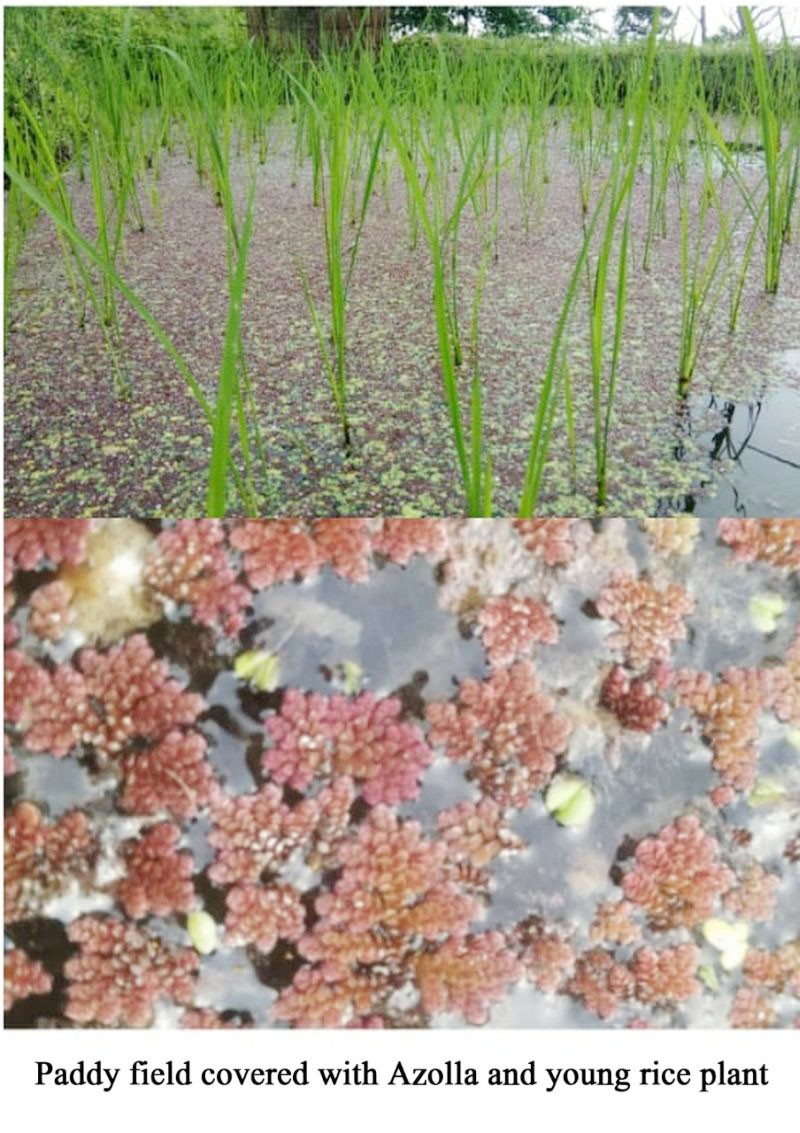
Komuni Khekho
Mao
This pandemic affects every sphere of lives. The world is going through colossal changes. As we head to normal to ‘the new normal’, one thing that remained untouched is farming in villages, though, the unrelenting crisis has been adversely affecting the farmers’ economy in particular. Now that, we enter the season of plantation, lockdown seems to relief the farmers as plantation is done quicker this time than other years with more helping hands. And, with the continuity of farming, it can be assured of food security during and post pandemic to certain extend. Pandemic gives us even more reason to keep engaging in agricultural activities for sustenance for many. It is important to go organic way to yield more crops to ensure healthy lives essential to sustainable development. Hence, it becomes necessary to introduce or re-introduce to the readers and farmers on biofertilizers. They are natural fertilizers that contain another living organism in their body which enrich the soil, allowing the plants to grow healthier, increase the yield of the crop and they do not have their negative effects as the artificial fertilizers. Now Man has turned to biofertilizers for their fields and crops, mainly to reduce the environmental pollution it has created over the years of using artificial fertilizers. They are known for being inexpensive, does not cause pollution and easy to use. Most common biofertilizers used are microorganisms and Azolla is one of the biofertilizers which is tiny yet a super plant. It is commonly called ‘Shiipa’, in Mao dialect - a name common to many farmers of our locality and a plant seen in abundance in our paddy fields.
Azolla is aquatic in nature and extremely small in size and is commonly seen in the paddy fields, roadside ponds, pools, water reservoirs, lakes. It prefers undisturbed and standing water because it tends to break off easily in running water. It is widely distributed in warm-temperate and tropical regions all over the world. The plant body of Azollais very simple – tiny leaves that overlap each other and tiny roots that hang below the water. Young plants have green leaves which turn red at maturity, so one can see the green or red mats over the surface of the water from a far distance. Currently at this time of the year, the paddy fields are filled with Azolla (Because of the red coloration, farmers often call it ‘konghoshiipa’ kongho meaning red). This tiny plant is known for being an amazing biofertilizer especially for rice.
The unique feature of this plant is that it forms a symbiotic relationship with cyanobacteria called Anabaena azollae. This cyanobacteria fixes the atmospheric nitrogen to a usable form of nitrogen for the plants. It is one of nature’s great ironies that the nitrogen that is present in the atmosphere (almost 78%) is not in a usable form so it has to be fixed first. Anabaena azollae is found in the leaf cavity of Azolla.
Most of the nitrogen fixed by the cyanobacteria becomes available to rice only after the Azolla plant has decomposed, although a small amount of fixed nitrogen is released into the water by Azolla during its growth (Watanbe, 1984). As the rice grows and shades away, the plant dies and sinks to the bottom, thus recycling the vital nitrogen to the next food crop. When the rice approaches maturity, Azolla begins to die due to low light intensities under the rice plant canopy. This super plant is also known to decompose rapidly, thus allowing its nitrogen content to be rapidly released into the water and made available for the uptake by the rice during grain development.
The use of Azollas, a biofertilizer is very common in the South East Asian countries-China, Indonesia, Veitnam, Thailand, Nepal, Pakistan, Burma and in some parts of India as well. The Chinese have used Azolla as a green fertilizer for over thousands of years to bolster agricultural productivity especially in the paddy fields. Many studies have been done on the Rice and Azolla cultivation proving that Azolla can use as a substitute for artificial nitrogen fertilizer. Rice is an enormously important staple food in our locality and Nitrogen is one of the essential macro element required for the plant growth and development. It is a MUST that we need to increase the quantity and quality of rice to feed the mouth of the population. People in South India, Indonesia, Philippines and many more cultivate Azolla as animal feeds because of its protein content.
Our farmers have been traditionally practicing organic way of cultivation since time immemorial. However, the extraordinary use of Azolla is still not well known to many farmers as it is considered as a type of weeds which disturb the growth of plants and especially paddies. The Azolla is a super plant, one of Mother Nature’s natural sources which is a cost-free fertilizer and inexpensive because of its high productivity. And so, farmers can utilize this nature’s gift to enhance the growth of our crops more and provides an eco-friendly pollution free environment.
The writer is an Assistant Professor, Department of Botany at Asufü Christian Institute, Punanamei, Mao.




